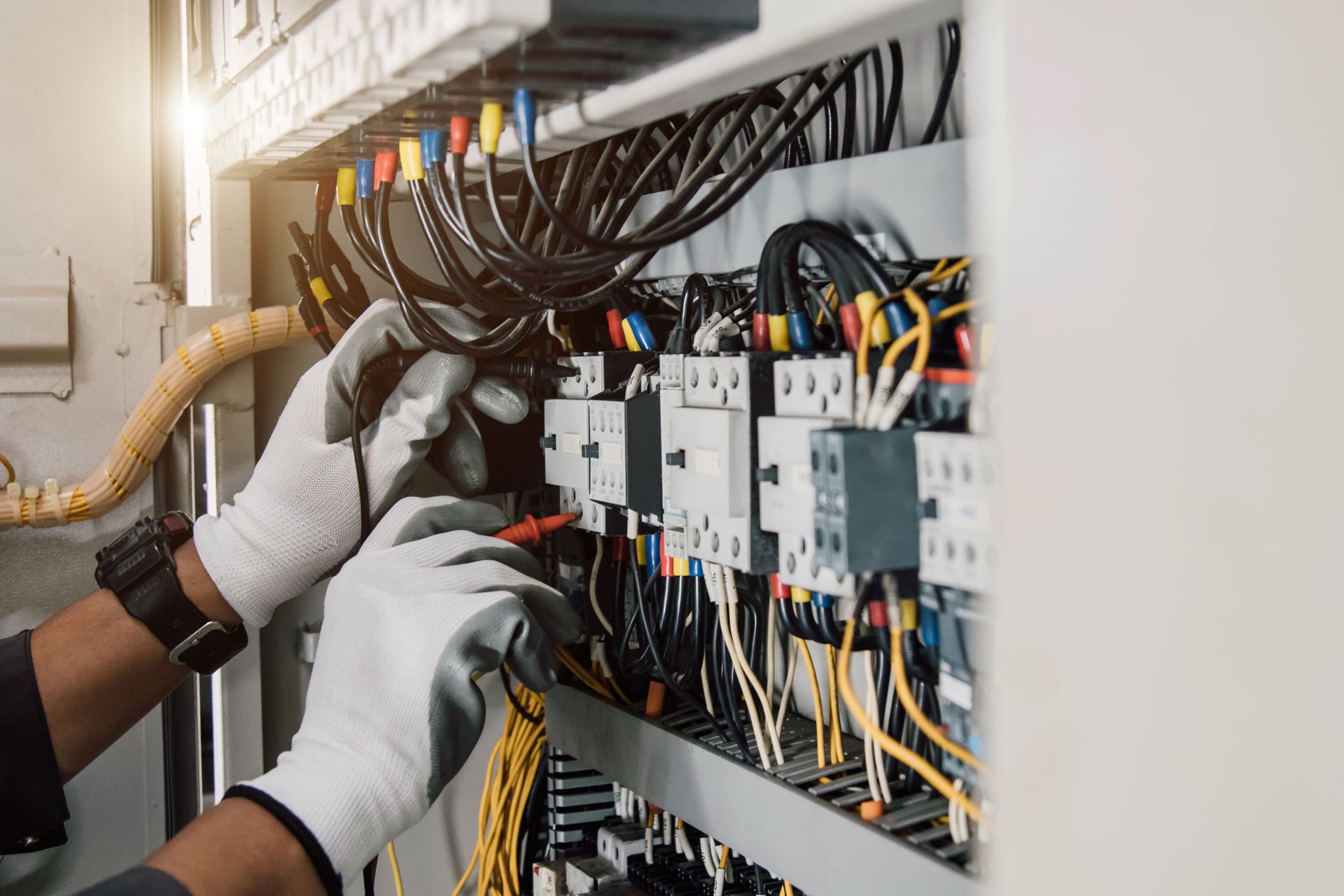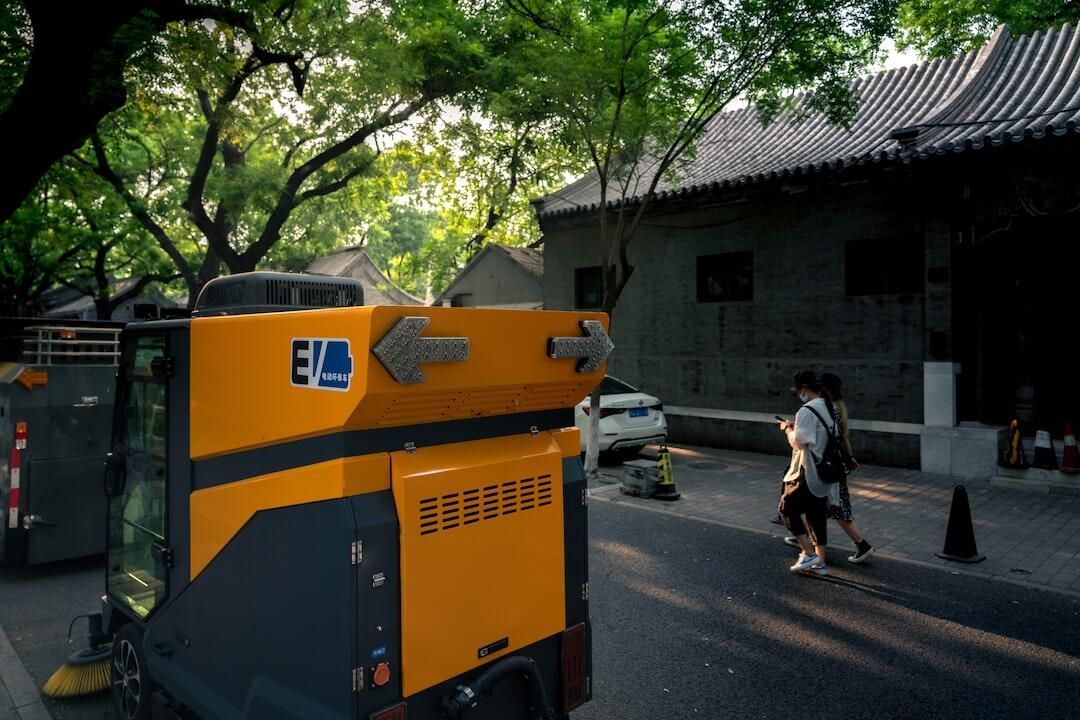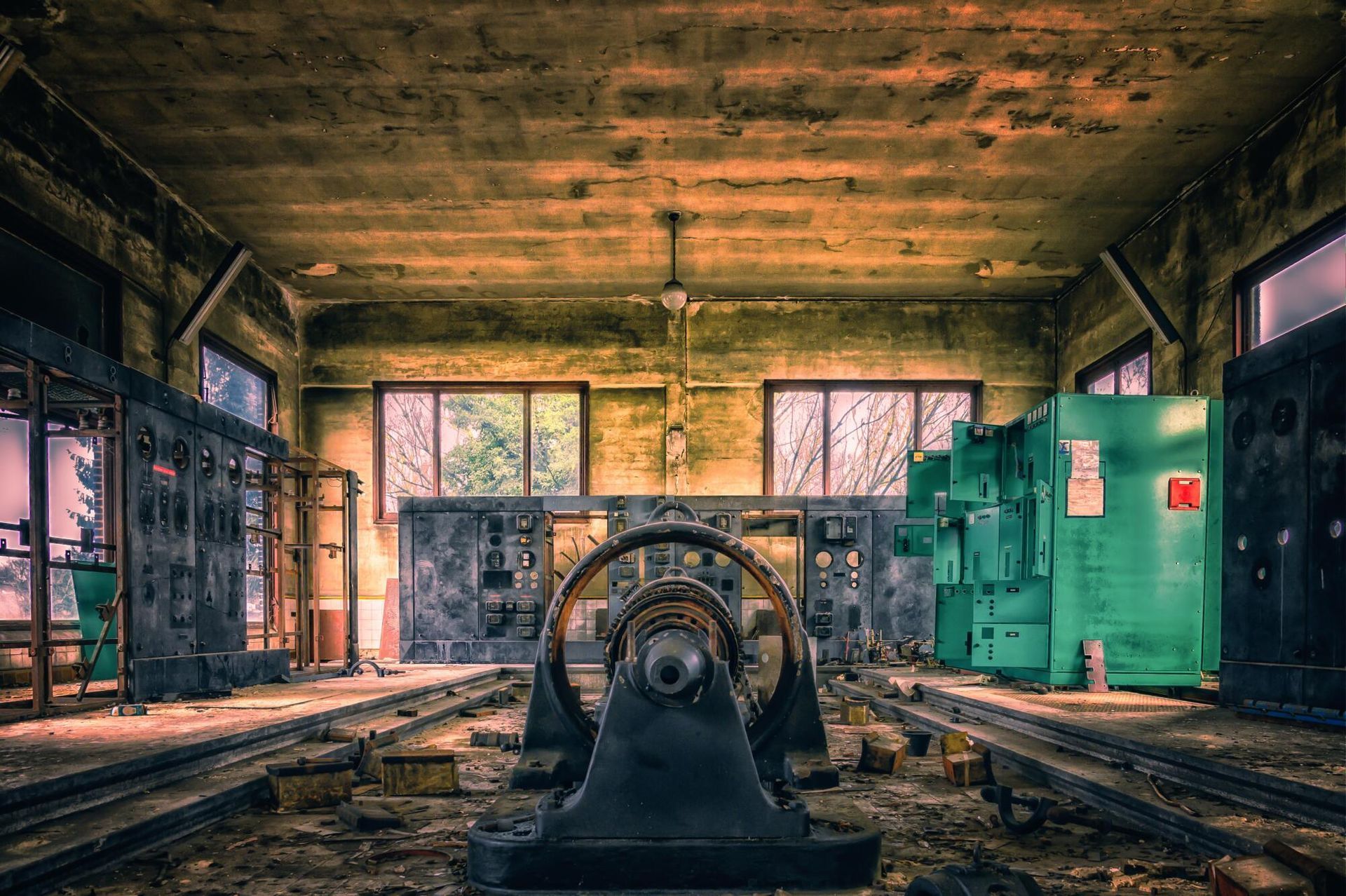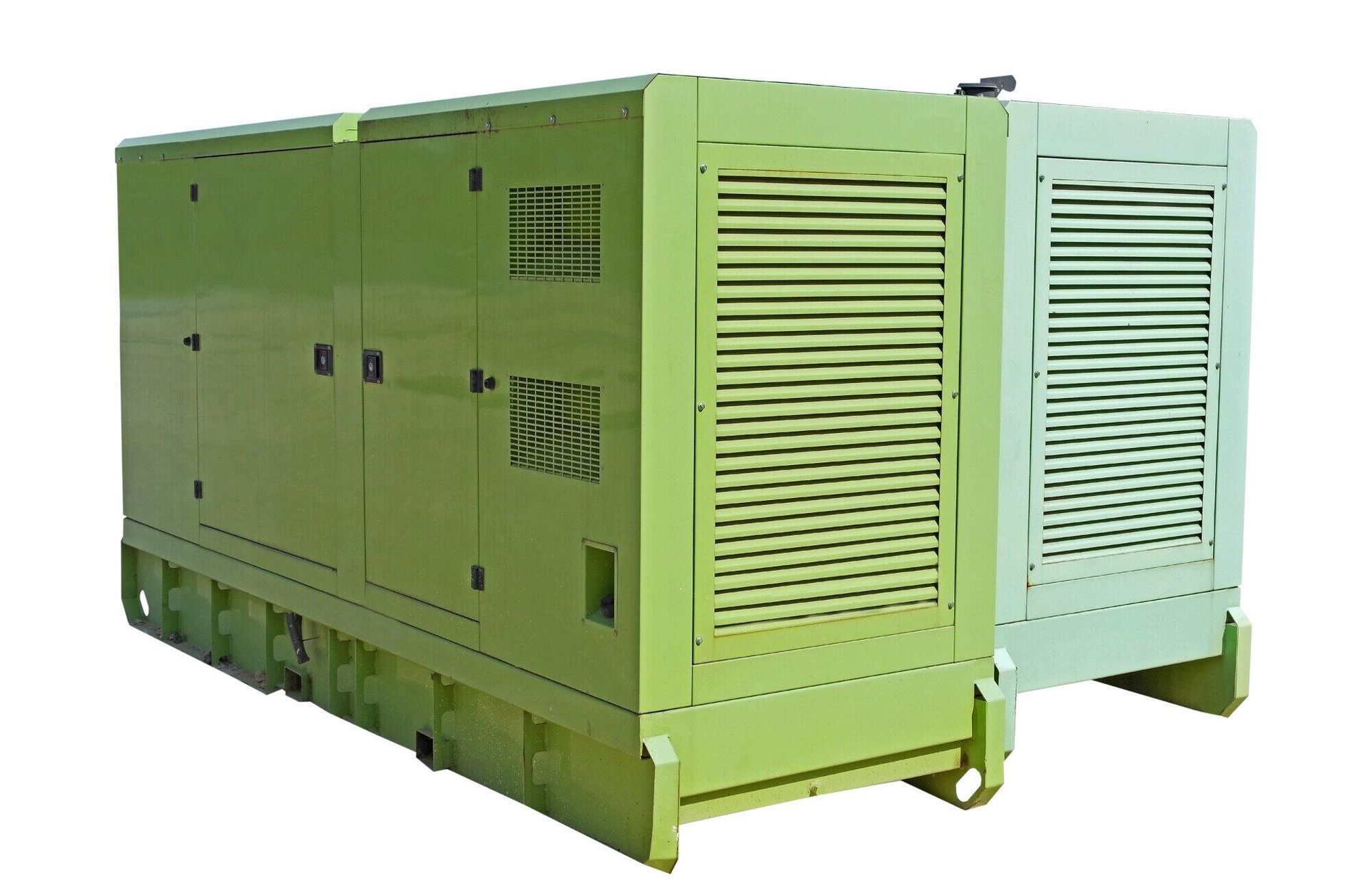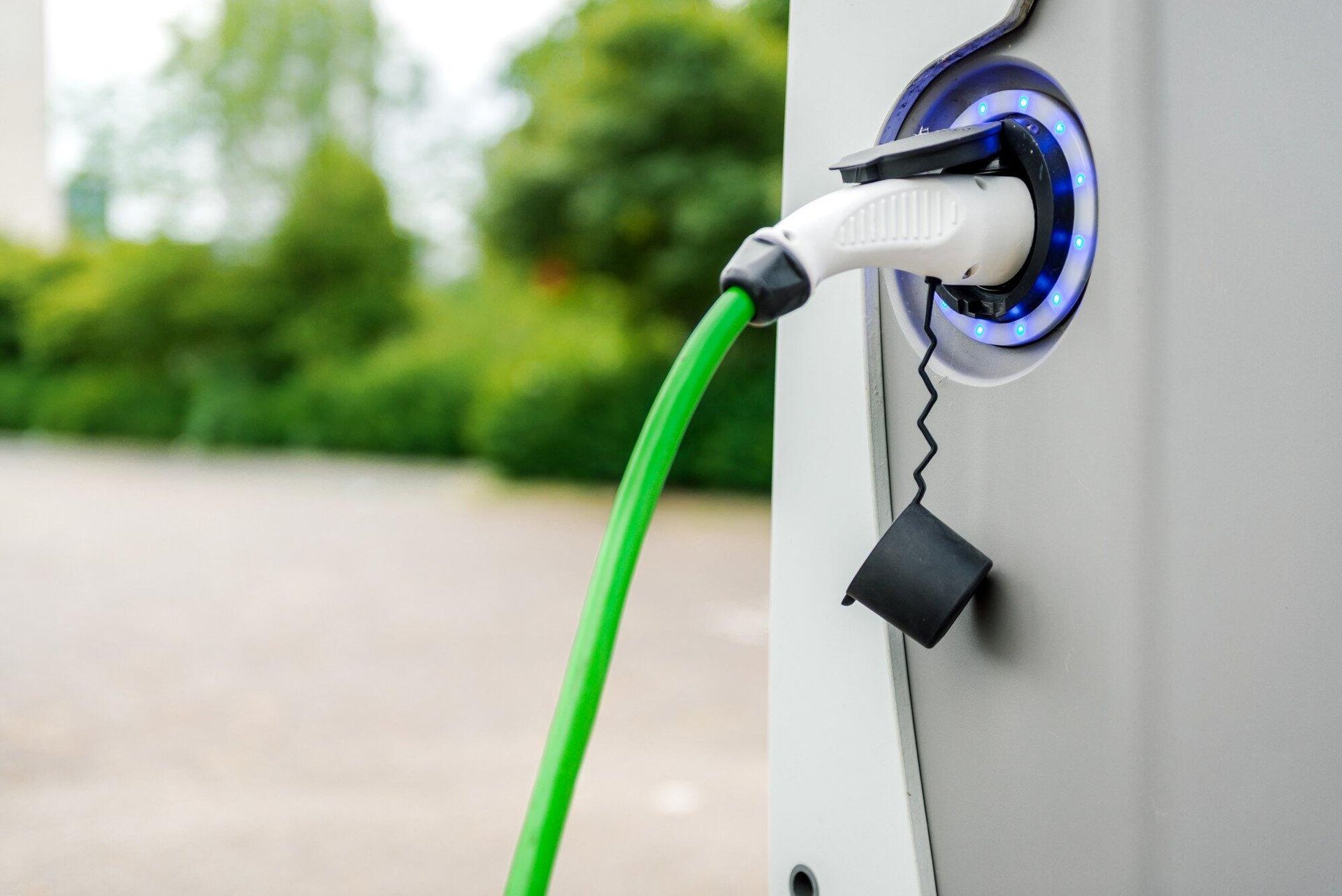Circuit Breaker Upgrades: Ensuring Safety and Compliance for Tesla Charging
Electric vehicles (EVs) are becoming highly popular as people embrace energy efficiency and sustainability. The International Energy Agency predicts there will be about 17 million EV sales by the end of 2024.
Tesla is one of the best-selling EVs in the market, and if you have one or are considering buying it, you may be wondering how to install a Tesla charger.
Having a home Tesla charger is a convenient way to ensure your Tesla is fully charged every day and ready for whatever adventure might await you, but it also means you'll have to make some changes to your electrical system. Here, we discuss the importance of circuit breakers for Tesla charging and cover tips for installing Tesla charger wiring while ensuring safety and compliance.
Why You Need Circuit Breakers for Tesla Charging
Many homes in Eure, NC, have older electrical systems that may not be capable of handling higher loads. After installing a Tesla charger, it will draw more power than your electrical system normally uses, so you must ensure your system can withstand it.
Circuit breakers work as safety devices. They shut off the power when you overload the circuit, preventing equipment damage from short-circuiting.
While circuit breakers help you manage power output, not all models can handle the energy needed for Tesla charging.
Circuit breaker upgrades ensure the output is safe, and they also have other benefits such as:
- Protection against overloads
- Smooth charging process
- Home electrical compliance
Standard circuit breakers may lack the capacity for Tesla charging, causing overloads. An upgraded one avoids the issue, protecting your car and the home's electrical system. If the charger's power demands go beyond the safe level, the breaker will trip, avoiding overheating and electrical fires.
All electrical wiring in Eure must abide by safety laws and codes. Upgrading your circuit breaker keeps you compliant and ensures you follow local safety standards.
Understanding Electrical Loads and Tesla Charging
The power requirements for Tesla charging vary depending on the model of your vehicle and the charger. If you have an improperly sized or outdated breaker, it may not handle the output demand.
It's important to consider various factors before choosing a circuit breaker for Tesla charger installation. For example, you should assess your home's overall electrical load to see how much output you need and check your total energy usage to confirm if there's enough capacity for an EV charger.
How to Upgrade Your Circuit Breaker for Tesla Charging
Before upgrading your circuit breaker for a Tesla home charger, talk to a licensed electrician. They will help you calculate your current energy usage and check your home's capacity. After that, they may suggest a breaker to match your specific Tesla model and charging needs.
Consulting an expert is the best way to balance the charger's power needs with the needs of the other appliances in your home. It ensures you choose the right circuit breaker based on your car's needs and home electrical wiring.
Tesla chargers require a dedicated 240-volt circuit, often absent in older residential panels. Installing a new circuit will isolate the Tesla charger's load. It reduces the risk of tripped circuits and avoids overloading your system so you can use other items safely.
An Eure electrician can inspect your home to assess the need for a dedicated circuit. If you have an older panel, they will help you choose quality components. They will then install them and test the new wiring to ensure it's functional and safe.
Safety Measures to Follow After Installing Tesla Charging
Following safety measures after installing Tesla charging ensures you don't put your home at risk. Ignoring them, on the other hand, can make it hard to get compensation if your home suffers damage from an electrical fire.
After installing a home Tesla charger, your electrician should conduct proper grounding. This ensures that your system can safely discharge excess electricity to avoid shocks.
If you install a Tesla charging station outdoors, you should also weather-proof it to avoid water damage. Additionally, follow other safety measures such as:
- Conducting routine inspections
- Installing surge protection
- Monitoring your Tesla for alerts
Electrical cables may wear out with time, so it's always good to inspect them regularly. Taking the extra precaution can help you avoid various issues linked to naked wires, such as:
- Electrical fires
- Injuries
- Fatalities from electrical shock
If you notice a naked cable or a damaged charging port, disconnect your Tesla charger and contact an electrician immediately. To avoid potential harm, you should also ensure the damaged component doesn't come into contact with water.
While circuit breakers protect your entire electrical system, you may also need surge protectors, which can avoid damage to your Tesla charger from sudden power surges. Surge protectors also ensure the Tesla charger gets consistent power, which can keep it from wearing out due to constant overheating.
If you installed your Tesla home charger indoors, ensure the space has proper airflow. You should also check your Tesla app or in-car system for potential charging issues.
How to Choose the Right Eure Electrician for Tesla Charger Installation
While Eure is a relatively small coastal town, choosing an electrician for EV charger installation can still be tough. However, you should always be careful when picking a technician due to the safety hazards that may result from incorrect installation.
Consider the following factors:
- Expert knowledge
- A proven track record
- Certification and insurance
An ideal contractor should have enough experience in electrical work and know the local codes well. Likewise, they should be able to provide references or at least have customer reviews on their website. They must also carry insurance and certification as proof of their workmanship.
Picking an Eure electrician who meets these aspects can guarantee high-quality installation. You'll also benefit from their advice, and if any damage occurs on the job, they'll cover it.
Figure Out How to Install a Tesla Charger With Vancelectric, LLC
Safety and compliance should be a top priority when considering installing a Tesla charger at your home. Components like circuit breakers and surge protectors are a must if you want to protect your car and property.
Are you wondering how to install a Tesla charger in your Eure home? Well, we can help. Vancelectric LLC offers reliable electrical installation services across North Carolina.
We have a certified and skilled team to guarantee client safety and satisfaction. Visit our website for details on our work and team.
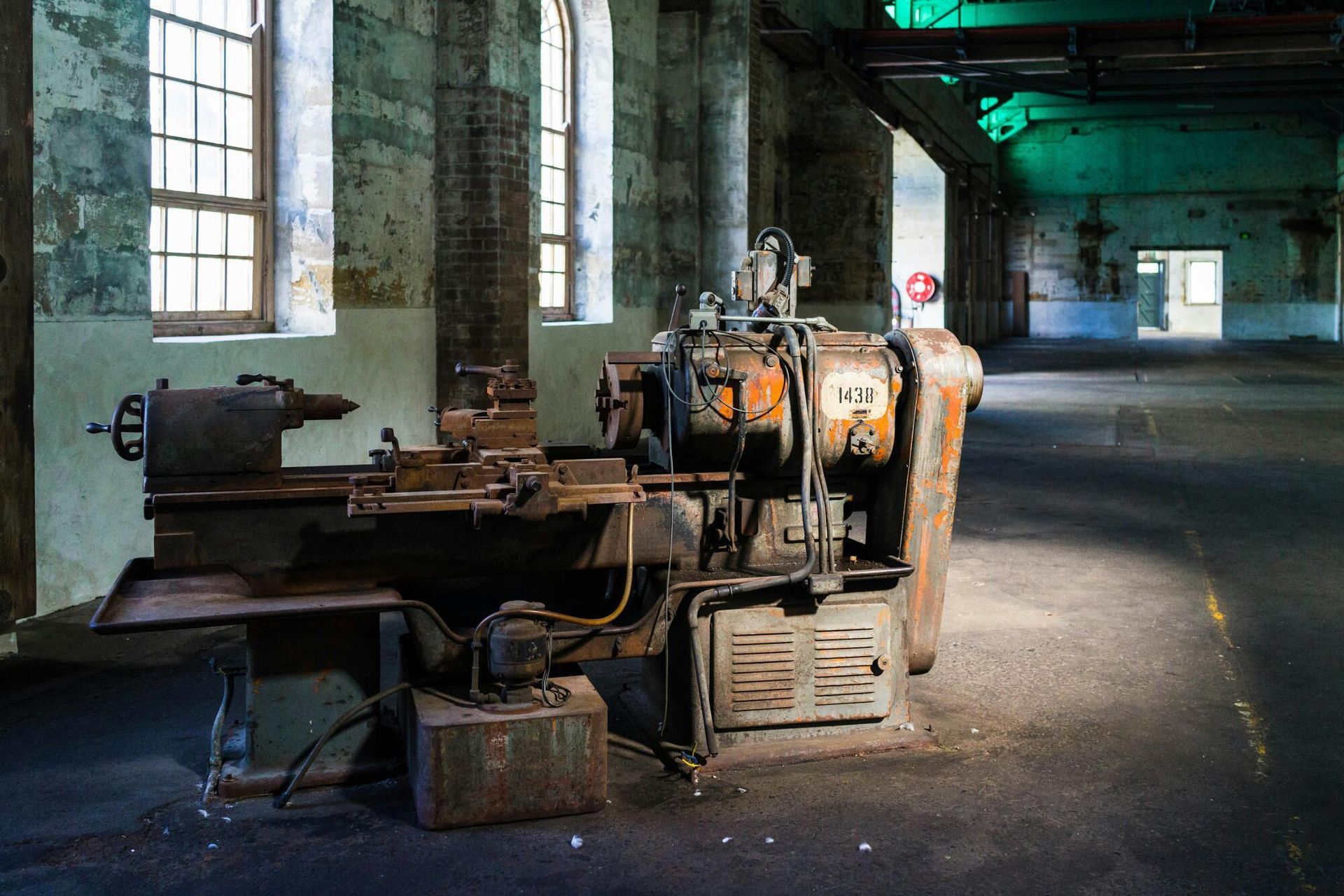
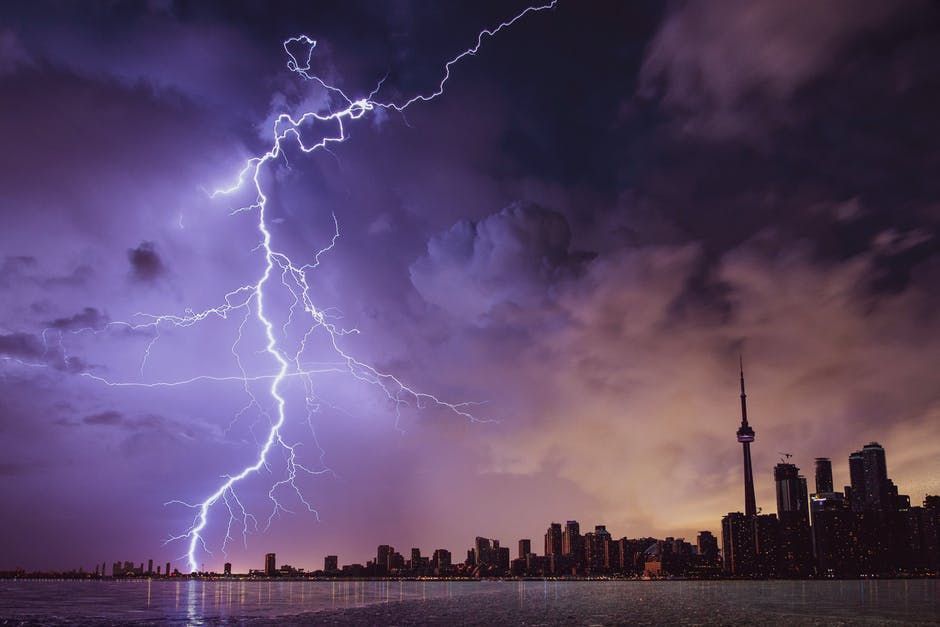
Vance Cowper, the owner of the company, has built a reputation for excellence in the field of generator sales, installation, and service, with a specialization in portable, residential, and commercial systems.
With over 25 years of experience in electrical construction and maintenance, including 13 years focused on facility maintenance, Vance and his team are committed to providing expertly installed generator systems, including whole house generators. These systems ensure the safety and security of families during power outages, offering peace of mind with affordable home standby generators that protect against utility power loss.
Vance is a Virginia-licensed master electrician and electrical contractor. He has also received extensive training from Generac® on commercial generators. In addition, he is a certified infrared thermographer, further enhancing his technical expertise.
His team consists of manufacturer-certified technicians who are trained to handle both residential and commercial installations. Each installation adheres to code-compliant design standards and uses high-quality copper wiring. Additionally, all generator systems are backed by the manufacturer’s warranties and include a multi-point inspection to ensure long-term performance.


